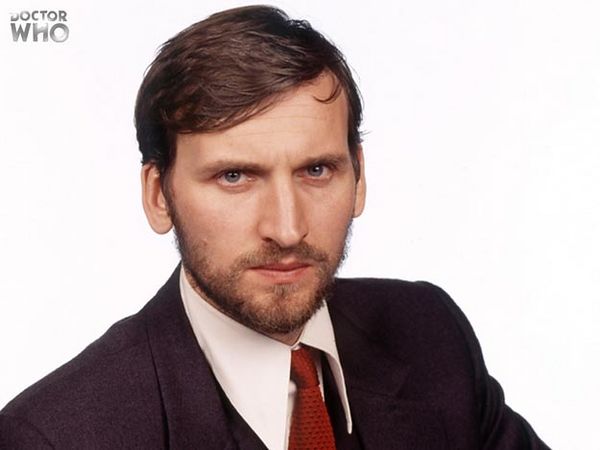amelia - up dated news
引用自:
http://allangiven.com/2009/10/23/amelia/
Oct 23rd, 2009 | By Allan Given | Category: Movies
Fox Searchlight Pictures | 2009 | Rated PG | 111 minutes
AMELIA is much like going to the Louvre to see the “Mona Lisa,” only to find that an uncolored sketch of the famous painting hangs on the wall under the thick bulletproof glass instead of the completed masterpiece. Sure, the outline is there and you can see what the artist was attempting, but it lacks any true substance and is therefore devoid of any true emotional content. With AMELIA, this is exactly what you get, a skeletal framework of a film with all the pieces seemingly there for what many are sure to believe to be a surefire recipe for Oscar® success, but without anything beneath the surface. There is a compelling story about Ameila Earhart, the aviatrix who disappeared while trying to be the first person to circumnavigate the globe in 1937. There is the thoroughly researched source material from two biographers of Earhart, Susan Butler (EAST TO THE DAWN) and Mary S. Lovell (THE SOUND OF WINGS). There is an incredibly talented cast that includes Hilary Swank, Richard Gere and Ewan McGregor. There is breathtaking cinematography by Academy Award nominated Stuart Dryburgh (THE PIANO). While all of the ingredients may be there for what may appear to be a hit, director Mira Nair (NEW YORK, I LOVE YOU) and writers Ron Bass (SNOW FALLING ON CEDARS) and Anna Hamilton Phelan (GIRL, INTERRUPTED) unfortunately do not devote any time to connecting the dots to complete their picture and to allow its substance to begin to be explored.
AMELIA is chock full of filmmaking contrivances, and it is here that the disingenuousness of the movie begins to take shape, for an audience will easily be able to see that they are being played to feel a certain emotional response instead of arriving to the same level of emotionality organically through the characters on the screen. AMELIA utilizes flashbacks constantly, taking the viewer from inside Amelia’s Electra in 1937 to various times throughout her past. This does nothing to help develop the story on screen, but instead breaks up the film into a choppy sequence of events that serves only to dilute the dramatic narrative. This also allows for the formation of enormous plot holes, where the filmmakers have assumed that the audience must already know all there is to know about Earhart and therefore must not devote any screen time to building on the characters’ story arcs. The most glaring example of this is in regard to Earhart’s estrangement from her husband George Putnam (Richard Gere). Earhart is seen flirting with and developing a relationship with business partner Gene Vidal (Ewan McGregor), but then there is another flashback to a point where Earhart is living somewhere else, presumably with Vidal, and is talking on the phone with Putnam about a reconciliation. While this could prove to be a fascinating insight into the three dynamic individuals’ characters, it is never fully developed and instead an audience will be left with nothing more than an incomplete picture of what truly happened. It seems that the filmmakers have decided that by simply alluding to something, that it will take the place of actually developing it on screen. This is seen as well with the abbreviated storyline of Earhart’s navigator on her doomed flight, Fred Noonan, and the mention of his having a drinking problem. Woefully underutilizing the talent of Christopher Eccleston (ELIZABETH), the filmmakers simply gave Eccleston a couple of throw away scenes that really did nothing to further what could have been a much more dynamic storyline.
This gives the film a feeling of contrivance throughout. Even some of the opening shots, of a young Earhart at home in Kansas walking through fields with close-ups of her hand as it gently brushes over the tops of the crops will easily be recognized as being lifted directly from GLADIATOR. It’s as if the filmmakers took elements from previous films that have been successful come Oscar time and tried to fit them into their own film instead of letting their movie carry itself. There are long voice overs given by Swank about the beauty of flight and whenever a plane is seen to take off or land, the same swelling music triumphantly builds over and over again to remind the audience of how monumental flight is.
With so much effort placed on these gimmicks, little is paid to actually deciphering the enigmatic figure of Earhart herself. The usually adept Swank will in one scene be brimming with the confidence Earhart is known for, yet in the following appear scared and unsure of what to do. While it is perfectly acceptable to show the complexities of a character, an audience needs to see the progression from one idea to the next instead of just throwing them all up on the screen to see what sticks. Instead of coming away then with a picture of an important woman who fought convention and in the process, changed the world of aviation and specifically the role women played within it, audiences will instead find no substance within a haphazardly constructed and forced semblance of character.
Luckily the filmmakers did not rely on conjecture though to build the third act of their movie, but instead stuck with the radio transmissions from the last known contact with Earhart and Noonan, and this will hopefully inspire audiences to seek out learning more about the aviatrix outside of the movie itself.
Despite its brilliant cinematography, AMELIA is a disappointment and does not take advantage of its talented cast and intriguing subject matter to present something more than just an obvious attempt at creating an “Oscar worthy” film. The filmmakers unfortunately cut corners and in the end, give the audience nothing more than a sketch of what could have been a good film.


